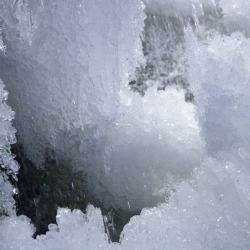
New oil discovery nearly doubles the oil reserves of Alaska. A new oil field has been found on Alaska’s north coast. Caelus Energy says the field could contain as much as 6 billion barrels of crude, and could produce 200,000 barrels per day.
They expects to be able to extract between 1.8 billion and 2.4 billion barrels from the discovery, probably using barges built along the Gulf Coast, then towed to Alaska and permanently sunk in the bay to create man-made drilling islands
As much as 40 percent of the find, or 2.4 billion barrels, is estimated as recoverable, the company said. That compares with the state’s proved reserves of 2.86 billion barrels in 2014, almost 8 percent of the U.S. total
Alaska’s oil output has been gradually declining, to 483,000 barrels a day last year from a peak of more than 2 million barrels a day in 1988, Energy Department data show.
The development will cost between $8 billion and $10 billion over the life of the project, which could be brought into operation by the fall of 2022.
With an estimated 6-10 billion barrels of oil in place, Smith Bay ranks as one of the world’s largest oil discoveries in recent years, and the largest on Alaska’s North Slope in four decades. The Smith Bay development has the potential to provide 200,000 barrels/day of light oil to the Trans Alaska Pipeline System (TAPS), which would increase TAPS throughput by 40 percent (based on 2016 flow rates) and extend the pipeline’s long-term viability by reducing the average viscosity of its oil.
The estimates are based on the two wells drilled last winter and existing 126 square miles of 3D seismic. Exploratory well Caelus-Tulimaniq #1 (CT-1) and step-out Caelus-Tulimaniq #2 (CT-2) targeted a large Brookian submarine fan complex in Smith Bay, spanning more than 300 square miles along the North Slope region.
The fan was successfully drilled and logged in both wells, encountering an extension of the accumulation 5.25 miles northwest of the CT-1 discovery at the CT-2 location. Gross hydrocarbon columns in excess of 1,000 feet were encountered in each well, with CT-1 and CT-2 logging 183 and 223 feet of net pay respectively.
